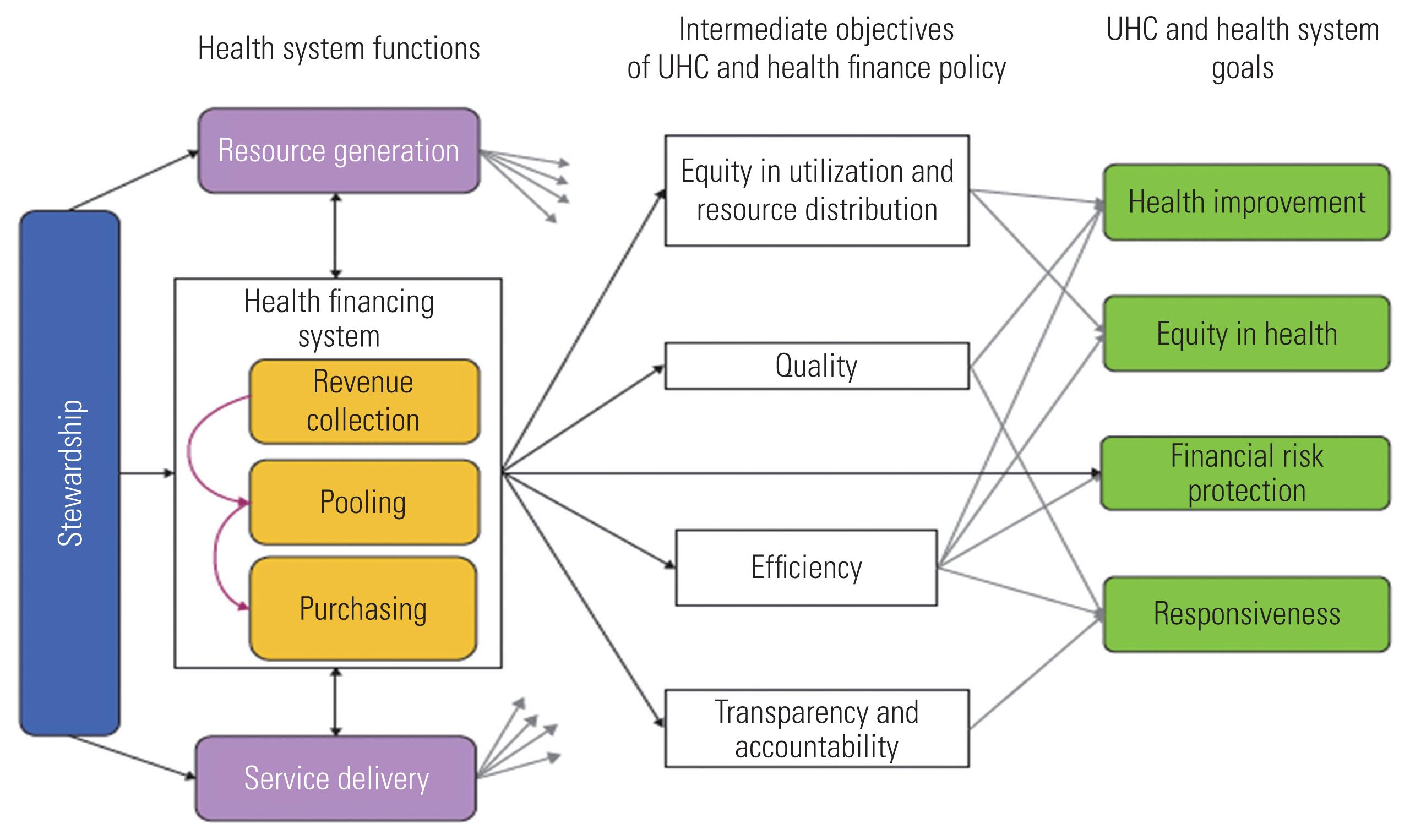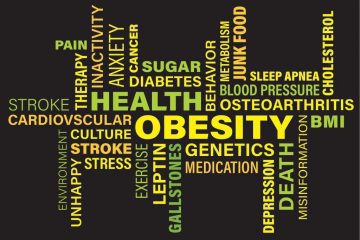Table of Contents
- Understanding the Diverse Spectrum of Healthcare Services
- Navigating Access and Affordability in Healthcare
- The Importance of Preventive Care in Modern Medicine
- Leveraging Technology for Enhanced Healthcare Delivery
- Building a Patient-Centric Approach in Health Service Design
- Q&A
- Wrapping Up
Understanding the Diverse Spectrum of Healthcare Services
Healthcare services encompass a wide array of offerings that address the diverse needs of individuals and communities. From preventive care to specialized treatments, these services play a crucial role in maintaining public health. Hospitals, clinics, and outpatient facilities are just a few examples of where these services are provided. Each facility may offer a variety of practices, including emergency care, primary care, and rehabilitative services, designed to cater to the unique requirements of patients.
In addition to traditional medical care, the spectrum also includes supportive services that enhance patient well-being. This includes mental health resources, physical therapy, and home health aides, which can significantly improve the quality of life for those with chronic conditions. Moreover, telehealth options have become increasingly popular, broadening access to healthcare providers and reducing the need for in-person visits. The diversity of these services ensures that all aspects of health are addressed, making it easier for patients to receive comprehensive care.
| Type of Service | Description |
|---|---|
| Preventive Care | Health check-ups and screenings aimed at disease prevention. |
| Primary Care | Routine health care from a generalist for non-emergency issues. |
| Emergency Services | Immediate medical attention for life-threatening conditions. |
| Specialized Services | Focused care from specialists in specific fields such as cardiology or oncology. |
As the healthcare landscape continues to evolve, understanding the various components of these services becomes essential for selecting the right care. This knowledge empowers individuals to navigate their health journeys effectively, ensuring they make informed decisions that lead to better outcomes. By recognizing the vast array of available services, patients can more readily identify their needs and seek appropriate care, ultimately leading to a healthier society.


Navigating Access and Affordability in Healthcare
Access to healthcare services remains a critical concern for individuals and families alike, as many grapple with the complexities of navigating the system. Geographical location plays a significant role in determining accessibility, with rural areas often facing challenges such as fewer healthcare facilities, long travel distances, and limited specialist availability. Moreover, socioeconomic factors contribute to disparities in healthcare access, affecting individuals’ ability to seek timely medical attention when needed. This landscape underscores the importance of advocates and policymakers in addressing these gaps to create a more equitable system for all.
Affordability is another crucial aspect influencing access to healthcare. Rising costs of insurance premiums, out-of-pocket expenses, and medical services can lead many to forgo essential care altogether. To illustrate the impact of these financial barriers, consider the following table that outlines common healthcare expenses:
| Service | Average Cost |
|---|---|
| Annual Check-up | $200 |
| Emergency Room Visit | $1,200 |
| Prescription Medications | $50–$300/month |
| Specialist Consultation | $300 |
To mitigate these issues, several strategies can be employed. Education and awareness campaigns about available financial assistance programs can empower individuals to make informed choices regarding their healthcare. Additionally, promoting preventive care may lower long-term costs by addressing health concerns before they escalate. Health insurance literacy is vital, as understanding coverage options can help individuals find plans that meet their needs without breaking the bank. The journey through healthcare access and affordability is multifaceted, but through collaboration and informed decision-making, improvements can be achieved.


The Importance of Preventive Care in Modern Medicine
In today’s rapidly evolving healthcare landscape, the focus is shifting from reactive treatment to proactive preventive measures. Preventive care emphasizes early detection and intervention, aiming to reduce the incidence of chronic diseases and improve overall population health. With regular check-ups, screenings, and vaccinations, individuals can stay ahead of potential health issues, ensuring they live longer, healthier lives. By embracing this approach, patients not only safeguard their own health but also contribute to the wellbeing of their communities.
One of the major pillars of preventive care is the establishment of a strong patient-provider relationship. This relationship fosters open communication, allowing healthcare providers to understand their patients’ unique histories and risk factors. Regular visits create opportunities for personalized health plans, empowering patients to take control of their health by:
- Identifying health risks before they escalate
- Promoting lifestyle changes that encourage wellness
- Ensuring timely vaccinations to prevent infectious diseases
Moreover, preventive care is a cost-effective strategy for both individuals and healthcare systems. By preventing diseases, the overall burden of healthcare costs can be significantly reduced, making funds available for other critical medical needs. Below is a simple overview demonstrating the potential savings through preventive care:
| Type of Care | Annual Cost per Patient | Potential Savings |
|---|---|---|
| Preventive Care | $300 | $2,000 |
| Chronic Disease Management | $2,500 | – |
This data highlights that investing in preventive healthcare delivers clear financial benefits by decreasing the frequency and severity of serious health conditions, thereby lessening the overall healthcare expenditure. the role of preventive care in modern medicine cannot be understated; it is a pivotal element in advancing public health and fostering a healthier society for future generations.


Leveraging Technology for Enhanced Healthcare Delivery
In today’s fast-paced world, technology plays a pivotal role in transforming healthcare services. By integrating innovative tools and platforms, healthcare providers can enhance their offerings, making them more accessible, efficient, and patient-centered. Cutting-edge technologies like telemedicine, electronic health records (EHR), and mobile health applications allow providers to deliver care that extends beyond traditional boundaries.
One significant advancement is telemedicine, enabling patients to connect with healthcare professionals remotely. This service is especially beneficial for individuals in rural areas or those facing mobility challenges. Key advantages include:
- Increased access to specialists
- Reduced travel time and costs
- Timely medical intervention
Additionally, EHR systems streamline information management, allowing for a seamless flow of patient data among providers. This interconnectedness supports informed decision-making and enhances care coordination. A comparative overview of traditional record-keeping versus modern EHR systems illustrates these benefits:
| Aspect | Traditional Record-Keeping | Electronic Health Records |
|---|---|---|
| Accessibility | Restricted access | Instant access from multiple devices |
| Data Entry | Paper-based, time-consuming | Quick, digital entries |
| Patient Engagement | Limited communication | Enhanced communication through patient portals |
By focusing on these technological advancements, healthcare providers can solve many challenges, improve patient outcomes, and contribute to a more holistic approach to health management. The future of healthcare lies in these innovations, which not only elevate patient care but also empower individuals to take charge of their health in ways never before possible.


Building a Patient-Centric Approach in Health Service Design
In today’s healthcare landscape, creating services that genuinely respond to patient needs is more crucial than ever. A patient-centric approach prioritizes the individual experiences and preferences of those receiving care. This involves comprehensively understanding their physical, emotional, and social contexts, ensuring services are accessible, empathetic, and tailored to diverse populations. As a result, healthcare providers can foster a sense of trust and reliability in their practices.
To effectively implement this approach, organizations must focus on several key elements:
- Effective Communication: Engage patients through clear and transparent communication. This includes regular feedback loops to ensure their voices are heard and addressed.
- Personalized Care Plans: Craft tailored care pathways that consider individual health histories, preferences, and goals. This fosters greater patient involvement in their care.
- Access to Resources: Ensure that patients have easy access to necessary information and support, whether through digital platforms or physical resources within the healthcare setting.
A practical way to measure the success of a patient-centric approach is through outcome-based metrics, which provide insight into patient satisfaction and overall health improvements. Below is a simple table displaying relevant patient feedback categories and examples of effective strategies:
| Feedback Category | Strategy Example |
|---|---|
| Appointment Scheduling | Flexible hours and online booking |
| Patient Education | Workshops and digital content resources |
| Follow-up Care | Regular phone check-ins post-treatment |
Q&A
Q&A: Understanding Healthcare Services
Q: What are healthcare services? A: Healthcare services encompass a wide range of activities, products, and procedures aimed at diagnosing, treating, and preventing illnesses and injuries. These services can be provided in various settings, including hospitals, clinics, outpatient centers, and even at home. They include primary care, specialty treatments, mental health services, and preventive care.Q: Why are healthcare services important? A: Healthcare services are essential for maintaining public health and improving quality of life. They ensure that individuals have access to necessary medical care when they need it, help manage chronic diseases, and provide education on healthy living. Access to these services can significantly reduce mortality rates and improve overall health outcomes in communities.
Q: How do I choose the right healthcare service? A: Selecting the right healthcare service depends on several factors, including your specific health needs, location, affordability, and the availability of providers. It is crucial to conduct thorough research, read reviews, check credentials, and consider recommendations from family and friends. Evaluating the services offered and ensuring they align with your healthcare goals will also guide your choice.
Q: What role does insurance play in accessing healthcare services? A: Health insurance is a critical factor in accessing healthcare services as it helps cover the costs associated with medical care. Depending on your plan, insurance can significantly reduce out-of-pocket expenses for doctor visits, hospital stays, medications, and preventive care. Understanding your insurance coverage is vital to ensure you receive the necessary services without financial strain.
Q: Are there different types of healthcare services? A: Yes, healthcare services can be categorized into various types, including primary care, specialty care, emergency services, mental health services, preventive care, and rehabilitative care. Each type serves a specific purpose in the healthcare system, addressing different health concerns and patient needs.
Q: What can I expect during a healthcare visit? A: During a healthcare visit, you can typically expect a comprehensive assessment of your health. This often involves discussing your medical history, undergoing a physical examination, and possibly receiving diagnostic tests. The healthcare provider will then formulate a treatment plan or recommend further actions based on their findings.
Q: How can technology improve healthcare services? A: Technology plays a significant role in enhancing healthcare services. Telemedicine allows for remote consultations, making healthcare more accessible. Electronic health records (EHRs) provide better data management, leading to improved patient care. Additionally, wearable health devices can monitor vital signs and promote proactive health management.
Q: What is preventive healthcare, and why is it important? A: Preventive healthcare refers to measures taken to prevent diseases rather than treat them. This can include vaccinations, screenings, and lifestyle counseling. It is important because it helps detect health issues early when they are more treatable, reduces the incidence of chronic diseases, and encourages a healthier lifestyle, ultimately lowering healthcare costs.
Q: How do healthcare services vary globally? A: Healthcare services can vary significantly from one country to another, influenced by factors like government policies, funding, cultural beliefs, and economic conditions. Some countries offer universal healthcare systems, while others operate on private insurance models. This variation affects access to and the quality of care available to the population.
Q: What are the emerging trends in healthcare services? A: Emerging trends in healthcare services include the integration of artificial intelligence for diagnostics, an increased focus on patient-centered care, the rise of telehealth services, and innovations in personalized medicine. These trends aim to enhance the efficiency, accessibility, and quality of healthcare while empowering patients to take an active role in their health management. — Feel free to ask for anything else related to healthcare services or any other topic!




0 Comments